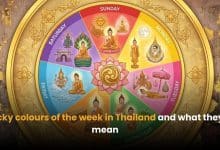Traditional Thai games: From history to modern playful traditions
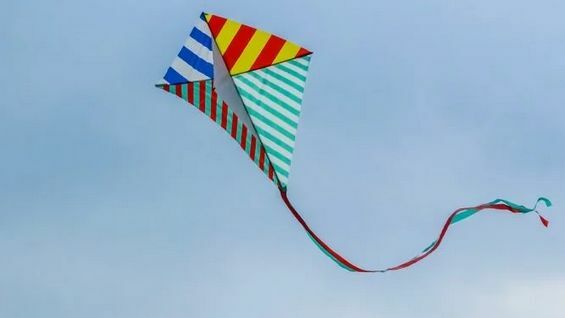
Thai traditional games have been a cornerstone of Thai culture and traditions since ancient times. They date back to the Sukhothai Kingdom, where the earliest records of these games were found in the stone inscriptions of King Ramkhamhaeng. These games have not only provided entertainment but also fostered strong relationships between adults and young people, offering a unique blend of fun, relaxation, and exercise.
Thai games
Thai games hold significant cultural value in Thailand. These traditional games date back to the Sukhothai period, serving to instil social values and foster community spirit. Designed for both adults and children, they promote bonding and physical activity.
Many Thai games feature traditional materials like sand, bamboo, rattan, and mud balls. For instance, children play “Takraw,” a game involving a rattan ball, which is kicked without using hands. This game enhances agility and teamwork.
Moreover, music and songs often accompany these games, adding to their cultural richness. Games like “Mon Son Pa” include musical elements, making them more engaging and enjoyable. Participants follow specific rules, creating a structured yet entertaining environment.
Over the centuries, Thai traditional games have preserved Thai heritage while evolving with the times. These games continue to offer insight into Thailand’s history, traditions, and social dynamics.
Deed Luk Kaew
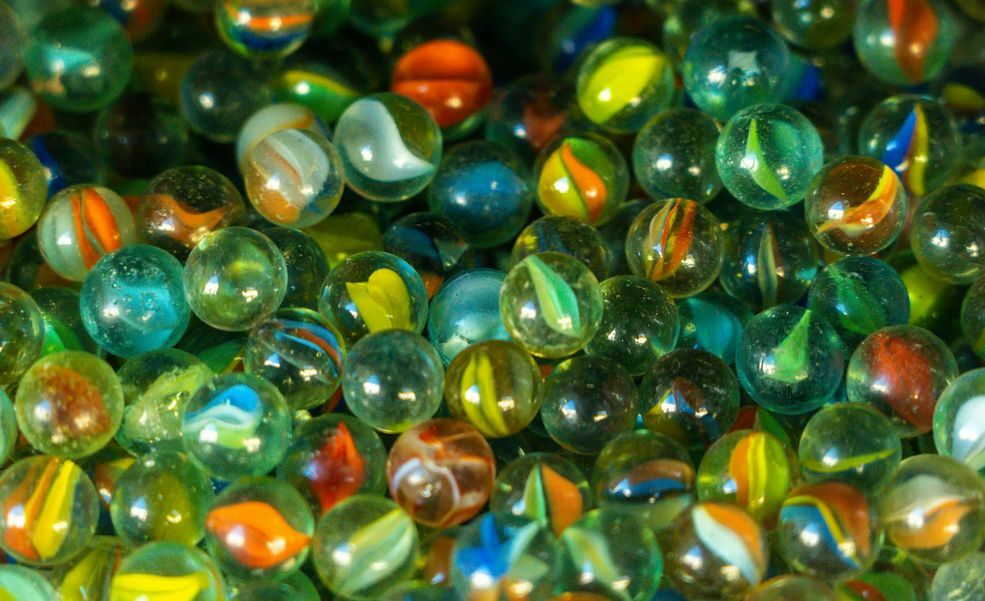
Deed Luk Kaew, a well-known Thai traditional game, involves skill and precision. Played by children, it centres on small, colourful glass marbles. These marbles, or “luk kaew,” are placed in a predefined area on the ground. Players take turns flicking or rolling a marble to strike opponents’ marbles out of the area. The player who successfully knocks out the most marbles wins.
This Thai game showcases hand-eye coordination and strategic thinking. It fosters a sense of friendly competition among participants. Although primarily played by children, adults also join in, often reminiscing about their own childhood experiences.
Deed Luk Kaew’s simplicity requires minimal equipment and can be played almost anywhere. This game’s accessibility makes it popular across various communities. It’s a tangible connection to cultural heritage, illustrating the values embedded in traditional Thai games.
Dern Kala
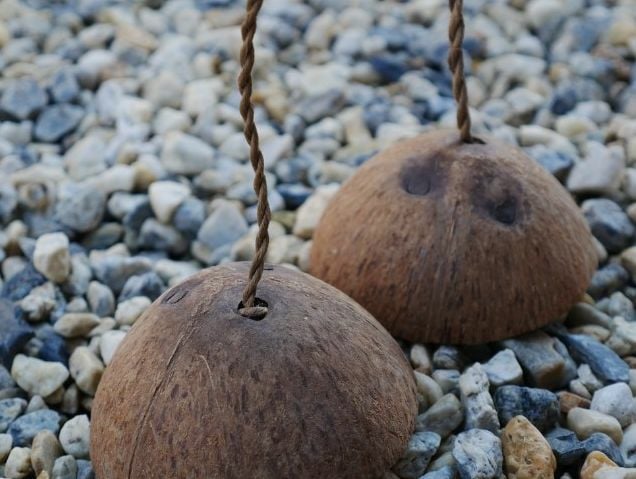
Dern Kala is a captivating Thai traditional game. Players use two cleaned coconut shells, each drilled with a hole for stringing a rope. The rope, about 1 metre long, is tied tightly to keep the shells secure while walking. The primary aim is to walk to the finish line without falling off the shells. This game is exhilarating and beneficial for body strength and balance.
Players find Dern Kala both enjoyable and challenging. The game necessitates concentration and coordination, improving physical fitness. Additionally, it’s often played in a communal setting, enhancing social bonds among participants. By engaging in Dern Kala, players embrace an essential aspect of Thai culture while honing vital physical skills.
This Thai game stands out for its simplicity and cultural significance. The use of natural materials reflects a deep connection to the environment. Furthermore, the game’s enduring popularity highlights its role in preserving Thai heritage, providing fun and education for all ages.
Khee Ma Kan Kluay
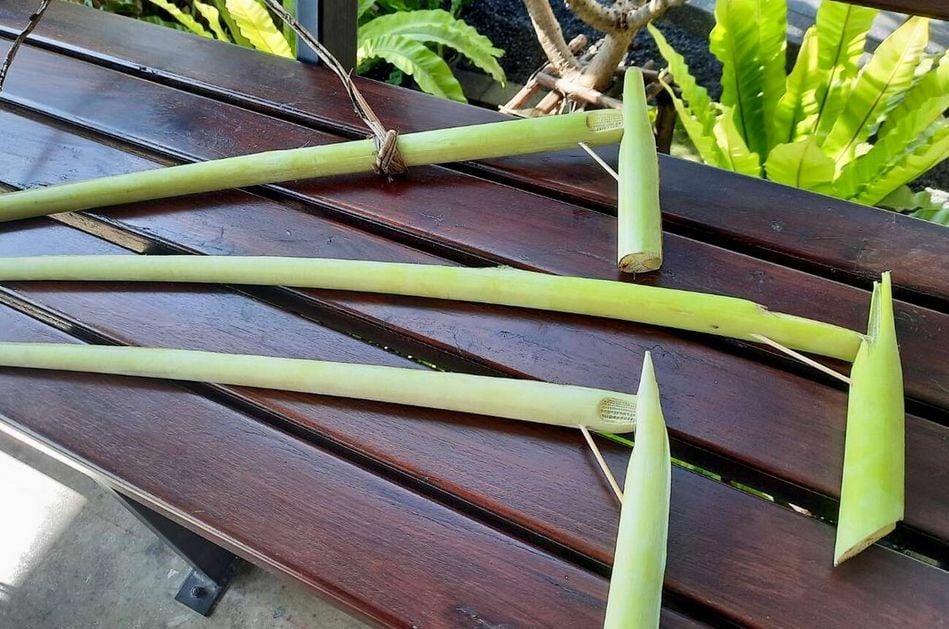
Khee Ma Kan Kluay is a classic Thai traditional game where children play with toy horses made from banana stalks. The game, which was popular in the past, provides a way for children to exercise and play together. Adults often assist in making these toy horses, and children love hunching over and jumping like running horses. This game often includes elements of competition like racing or pretend fighting with weapons.
Today, there are concerted efforts to preserve Khee Ma Kan Kluay. Performances and re-enactments at traditional events and festivals help ensure future generations experience this playful aspect of Thai heritage. This Thai game not only fosters physical activity but also encourages teamwork and creativity among children.
Khee Ma Song Muang

Khee Ma Song Muang, a Thai traditional game, translates to “Riding horse to send to the city.” Players ride on each other’s backs. The game has no limit on the number of participants, although 20 players make for an enjoyable experience. Two equal teams compete. One or two participants act as governors, sitting in the centre.
Players decide the winning side by tossing a coin or catching a long stick. The first whisperer from the winning team whispers an agreed-upon word. The other party whispers the name of a player from the winning team. If the guessed name matches the player who steps out, the governor declares “Pong.”
The guessing team wins when the player becomes a “loser” and carries the winner on their back to the original place. Alternatively, losers may become captives, with the guessing repeating until all players are named. The side with the remaining players wins, securing victory by riding on the losing players. This Thai game fosters teamwork, strategy, and physical endurance.
Ree Ree Khao Sarn
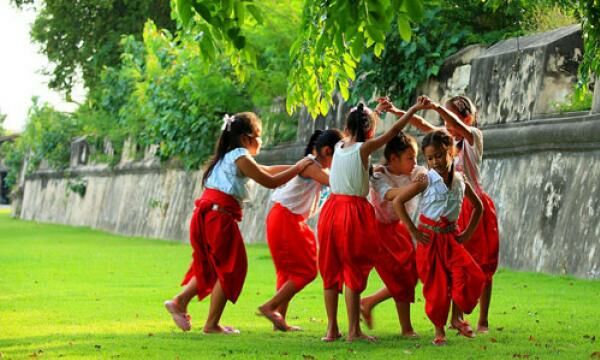
Ree Ree Khao Sarn is a popular Thai traditional game enjoyed by children. It involves a line of players, with each player holding onto the waist of the person in front. The player at the front, known as the “head,” leads the line, while the last player, known as the “tail,” tries to avoid being tagged by the “head.”
Speed and agility are vital in this Thai game. The “tail” must dodge and weave to evade the “head’s” attempts. If the “tail” is tagged, they become the new “head.”
Playing Ree Ree Khao Sarn enhances coordination and teamwork. Children learn to move cohesively while following the leader’s movements. Thai games like this one reflect the country’s cultural emphasis on group dynamics and physical activity.
Len Wao

Len Wao is a traditional Thai game involving kite flying. Popular amongst children and adults, this Thai game dates back centuries. Players create kites from materials like bamboo and paper, decorated with vibrant patterns.
In this game, participants strive to keep their kites airborne the longest or engage in friendly duels to cut their opponents’ kite strings. Strong winds and clear skies enhance the experience. The competition requires skill and strategy, making it a beloved part of Thai culture.
Beyond entertainment, Len Wao teaches patience and craftsmanship. Players learn to balance creativity with technical skills in kite construction. The game’s communal nature fosters teamwork and shared joy.
This game is often showcased during festivals. It remains an enduring symbol of Thailand’s heritage, connecting generations through a shared pastime.
Mak Kep

Mak Kep, a Thai traditional game, involves collecting small objects in a specific sequence. Often played by children, it encourages dexterity and precision. Players throw and catch objects, usually pebbles, without touching others during each throw-up step. For each round, they must pick up the correct number of objects.
The game can be played individually or in teams. Over time, the use of stones has shifted to plastic chains. Despite this evolution, the game’s core rules remain unchanged, preserving its nostalgic charm. Both skills and patience are essential for success.
Mak Kep is simple yet challenging. It offers timeless entertainment while teaching coordination and focus. It connects cultural practices with playful learning, making it a cherished Thai game.
Mon Son Pha
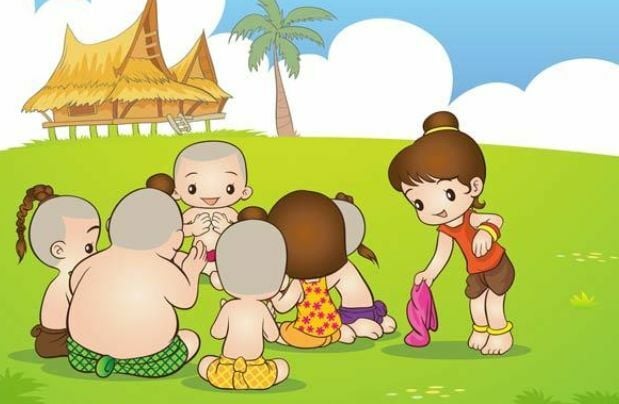
Mon Son Pha, also known as the Mon hiding a cloth, stands out as a well-loved Thai traditional game. Originating from ancestral teachings, it seamlessly blends fun with physical and mental exercise. This Thai game requires a minimum of four to five players. One player acts as the Mon while others sit in a circle, singing a traditional song.
The Mon walks around, eventually placing a cloth behind someone. The player must then notice the cloth, jump up, and chase the Mon. If successful, they become the new Mon. This game promotes alertness, agility, and social interaction.
Groups often use Mon Son Pha at gatherings, fostering community spirit. The simplicity of the game allows easy participation and engagement for children and adults alike. Its enduring popularity underscores its cultural significance and timeless appeal among Thai games.
Latest Thailand News
Follow The Thaiger on Google News:

